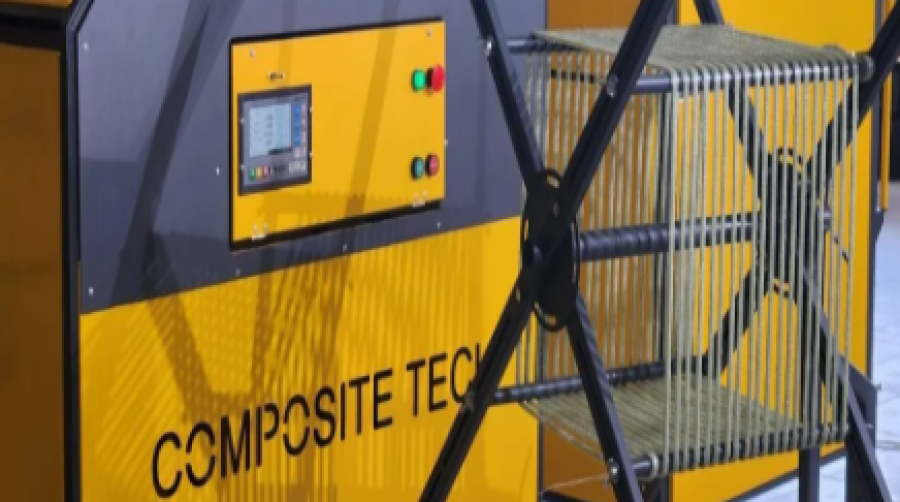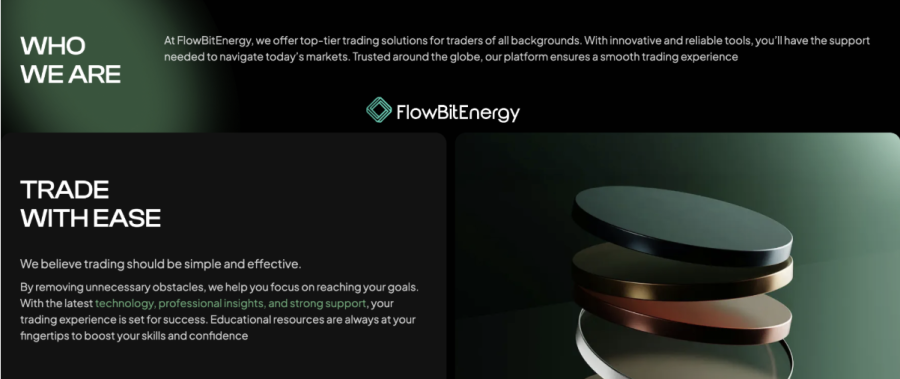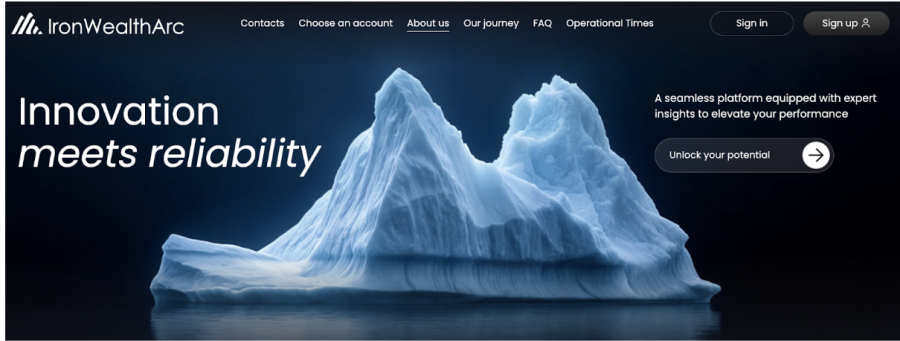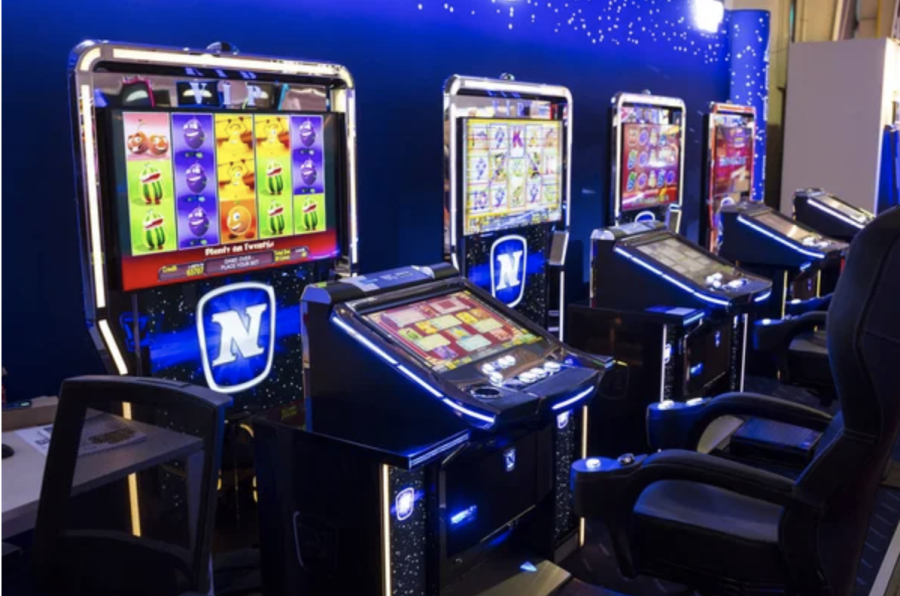The global
focus on sustainability in the construction sector, combined with the current
wave of infrastructure renewal across the United States, puts GFRP rebar at the
forefront as an alternative to conventional steel rebar. A lightweight
and corrosion-free reinforcement material meets the demands of modern civil
engineering and represents an attractive investment opportunity — it is the
perfect time to launch a GFRP
rebar manufacturing business in the U.S.
Infrastructure Transformation and
Development Boom
The
infrastructure renovation is backed by the Bipartisan Infrastructure Law and
$1.2 trillion in funding that includes investments in transportation, energy,
water, and environmental upgrades. The awareness of sustainability and longer
service life coincides with a ready solution (composite reinforcement) and
opens up new opportunities for investors in the FRP rebar market.
|
GFRP
Rebar Production |
More and
more construction companies are choosing GFRP rebar for their projects in
environments where corrosion risk is high, such as coastal structures,
highways, bridges, etc. When traditional steel rebar is prone to corrosion
under humidity and salt exposure, lightweight and composites have proved their
reliability and cost efficiency in harsh conditions.
The
continuously increasing demand for composites drives the growth of the GFRP
rebar production sector.
How GFRP Rebar Outperforms Steel in
Real-World Conditions
The table
below demonstrates a brief comparison of composite and steel rebar:
|
Characteristics |
Steel Rebar |
GFRP Rebar |
|
Resistance
to corrosion |
Low, prone
to rust |
High,
corrosion-free in high humid, saltwater and chloride environments |
|
Weight |
Heavy |
¼ of a
steel rebar weight (easy handling and transportation) |
|
Strength |
450-550
MPa |
1,000-1,500+
MPa |
|
Electromagnetic
Properties |
Conductive |
Non-conductive
(suitable for medical and aero-navigational facilities) |
|
Sustainability |
Higher
carbon footprint |
Lower
carbon footprint during fiberglass rebar manufacturing + longer lifespan |
|
Lifecycle |
Steel
reinforced concrete structures — 50-75 years |
GFRP
reinforced concrete structures — 100 years |
|
Costs |
Higher due
to frequent maintenance and repairs |
Lower
overall GFRP rebar costs (longer service life and low maintenance) |
GFRP
reinforcement has been deployed for decades; but currently, composite materials
have become a global trend as they help to extend service lifespans and reduce
lifecycle costs.
Regulations and Government Support: GFRP
Rebar Is Established and Recognized
The federal
government and state authorities offer substantial financial incentives for
construction materials manufacturers. Businesses can benefit from manufacturing
tax credits, favorable financing terms for equipment purchases, and grants for
facility development. Given the recent goal to reduce American dependence on
imported construction materials, many states provide additional incentives for
businesses that create manufacturing jobs. GFRP rebar manufacturers can access
these programs to notably reduce startup costs and speed up profitability.
Raw
materials, such as glass fibers and resin systems, are readily available from
U.S.-based suppliers — this ensures cost predictability, supply chain
reliability, and a consistent GFRP rebar manufacturing process. Investors can
begin with a single production line with the potential to expand capacity as
demand grows.
GFRP
rebar is recognized by major U.S. codes and standards:
·
ACI
440-1R and 440.11
·
ASTM
D7205, D7565, D7957, D7958
·
DOT
specifications in Minnesota, Oregon, and other states.
GFRP Rebar Manufacturing Business: A Strategic Move with Long-Term Rewards
Given a very
dynamic market development, regulatory alignment, and growing demand, investors
have an attractive opportunity to:
·
enter
and solidify the market share and gain a first-mover advantage;
·
supply
a high-margin product;
·
benefit
from solid ROI funded by public infrastructure budgets.
Time is
critical: as the demand for composite rebar is accelerating across the USA
construction industry, existing local GFRP rebar manufacturers aren’t capable
of meeting the demand. Hence, investors entering the GFRP rebar manufacturing
sector now have a chance to build strong relationships with regional
contractors and distributors and secure core market shares as the industry
matures.
Composite-Tech: Your GFRP Manufacturing
Partner
One of the
key success factors for a GFRP manufacturing venture is the right choice of
equipment supplier. With over a decade of experience in designing and
manufacturing FRP rebar production lines, Composite-tech has rightfully earned
its reputation as a reliable partner.
The company
offers ready-to-install lines that are fully compatible with the U.S. ASTM
standards. Composite-Tech’s equipment can produce bars from 2 to 30 mm in
diameter with a simultaneous output of 4 or 2 bars. Patented technologies
ensure the high quality of the final product and the reliability of all
production line modules.
The
turnkey solutions from Composite-Tech incorporate advanced automation and
quality control systems to ensure product quality and minimize labor
requirements. That is why new manufacturers can achieve professional-grade
production quality from day one.
A
small-to-medium GFRP rebar business can achieve ROI in a few months with
consistent contracts. Larger facilities with multiple lines can serve multiple
states and even national distributors.
Composite-Tech
provides comprehensive training and technical support, including facility
design consulting, equipment installation and commissioning, and operator
training. The end-to-end partnership helps to reduce the time and investment
needed to reach full production capacity, including production rates,
operational efficiency, and quality standards.
Launching GFRP Manufacturing Business in
2025
Market
conditions in 2025 create an exceptional opportunity for new composite rebar
manufacturers. Impressive infrastructure funding and growing demand for
sustainable construction materials coupled with supply constraints create
indeed favourable production and pricing conditions.
Proven
production technology and multiple financial incentives from authorities
provide ideal conditions for business launch and growth. Early market entry
will ensure competitive advantages, such as partnerships with local contractors
and distributors and long-term contracts.
Investors
who realize the GFRP rebar manufacturing potential can establish and secure
market-leading positions while the landscape remains favorable. Increasing
demand, government support, and proven turnkey solutions create compelling
business opportunities in the fast-progressing sector.
Contact
Composite-Tech today and experienced pros will provide detailed consulting on
how the company’s modular turnkey solutions can accelerate your entry into the
dynamic and profitable GFRP rebar market.









